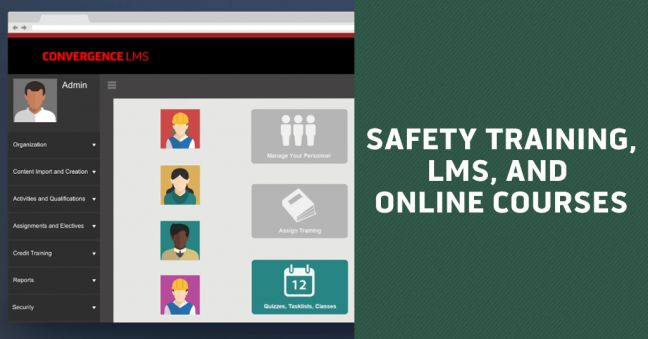
We work with lots of companies who are continually trying to improve the efficiency of their workers, machines, and work processes. This is critical to them because they need to create more product and spend less doing it. Overseas competition has made this need even more pressing, especially since labor costs are often significantly less for companies operating in other nations.
As a result, our customers want to help their workers become more knowledgeable, skilled, capable, and efficient. One customer in particular summed up what many different customers have told me when he said “I want to help my machine operators become machine engineers.” (If you’re out there, Steve, hello–hope you’re doing well.)
When he said he wants his employees to become “machine engineers,” one of the things he means is that he wants his employees to be able to recognize and troubleshoot production problems to keep machinery operating at peak efficiency. But how can a company help their employees improve their troubleshooting skills? One way is through process training. That’s what we’ll discuss in this article.
A related article looks at the development of troubleshooting and problem-solving skills, and how to how employees acquire those skills, in even more depth and detail. Don’t forget to check that one out too.

 If you’re in safety or EHS, you may have heard of
If you’re in safety or EHS, you may have heard of 


 In the past, we’ve published 10 different blog posts, with each post including a fully interactive, web-based OSHA glossary of terms including the terms and definitions included in an OSHA standard.
In the past, we’ve published 10 different blog posts, with each post including a fully interactive, web-based OSHA glossary of terms including the terms and definitions included in an OSHA standard.
 By now, you’re no doubt aware that the Ebola epidemic has spread past Liberia, Sierra Leone, Guinea, and a small number of other west-African nations and has reached nations in other continents, including the United States.
By now, you’re no doubt aware that the Ebola epidemic has spread past Liberia, Sierra Leone, Guinea, and a small number of other west-African nations and has reached nations in other continents, including the United States. OSHA’s been busy making changes to the requirements for injury and illness record keeping and reporting.
OSHA’s been busy making changes to the requirements for injury and illness record keeping and reporting.
